Is Hebrew Easier to Read Than English?
Decoding Language with the Hebrew Guru Method
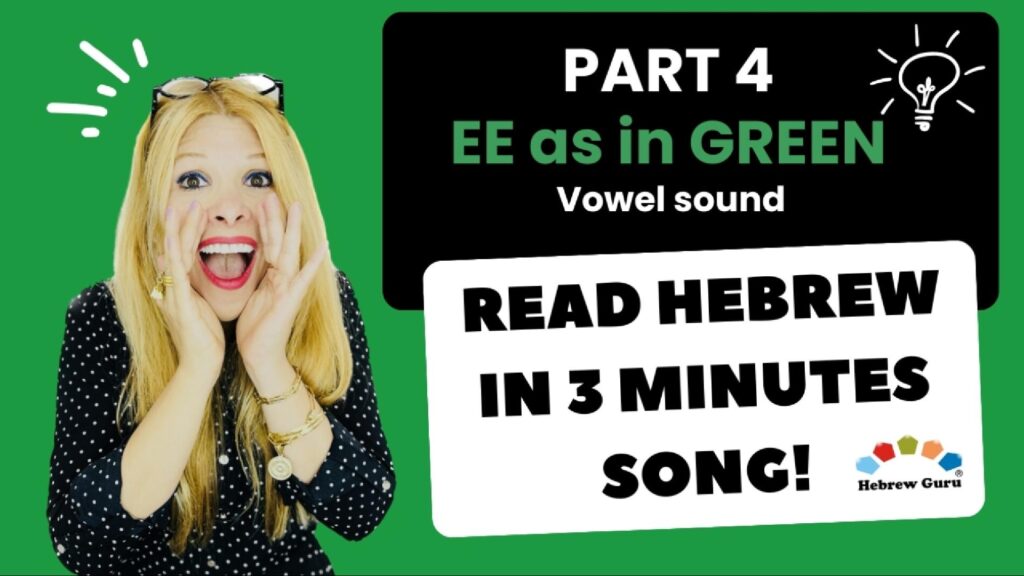
7 Fun Facts That Make Learning Simple and Fun!
The Hebrew language is one of the oldest languages in the world, with a rich history and unique characteristics that set it apart. But did you know that there’s more to Hebrew than its biblical roots?
Here are seven fun and fascinating facts about the Hebrew language that will make you want to dive deeper into learning it!
1. Hebrew Is Over 3,000 Years Old 🕰️
Hebrew has been spoken for over three millennia! It’s the language of the Torah and has been revived as a modern spoken language in Israel today. This makes Hebrew one of the few languages in the world that was brought back to life after being considered “dead” for daily conversation.
2. Hebrew Words Are Built from Roots 🌱
Most Hebrew words come from three-letter root words. These roots provide a core meaning, and various prefixes, suffixes, and vowel changes are added to create different words. For example, the root “K-T-V” relates to writing, and from this root, words like “kotev” (write), “mikhtav” (letter), and “katav” (journalist) are formed.
3. Hebrew Is Written from Right to Left ↔️
While most modern languages are written from left to right, Hebrew (like Arabic and Persian) is written from right to left. This can be a fun challenge for new learners and is a great way to exercise your brain and cognitive flexibility!
4. No Capital Letters ✍️
Unlike English, which uses capital and lowercase letters, Hebrew has no capital letters. Whether you’re writing a name, the beginning of a sentence, or a holy text, it’s all in one case. This simplifies things a bit for learners—no need to worry about when to capitalize!
5. The “Ch” Sound Doesn’t Exist in English 🎤
Hebrew has a unique “ch” sound (ח), similar to the German “Bach” or the Scottish “loch.” This sound doesn’t exist in English, making it a fun and challenging sound for English speakers to master. It’s a significant part of the language, adding a distinctive texture to Hebrew words.
6. Hebrew Is a Phonetic Language 🎼
Hebrew, unlike English, is a phonetic language. That means what you see written is generally what you pronounce, which simplifies learning significantly. This phonetic consistency makes Hebrew fundamentally easier to decode from written form to speech than English. No more guessing how to pronounce words like “thought” or “knight”!
7. Hebrew Has Its Own Vowel System, But It’s Not Always Written 🔠
In traditional Hebrew texts, vowels are not written out as letters. Instead, they appear as “nikkud”—a series of dots and dashes placed around the letters. This can puzzle beginners who are used to seeing vowels in their written form.
That’s where the innovative Hebrew Guru method comes into play.
The Hebrew Vowels
Hebrew vowels make their appearance through ‘nikkud’—a system of 16 different symbols representing 5 basic vowel sounds.
These symbols are strategically placed around the letters to guide pronunciation. This distinction highlights an interesting aspect of Hebrew: its adaptability and depth.
While native Hebrew speakers can often read without nikkud, for those learning the language, especially English speakers, understanding and pronouncing words correctly without these markers is a significant challenge.
Imagine trying to read English without vowels; it would be like trying to solve a puzzle without all the pieces!
The Hebrew Guru method bridge this gap.
The Hebrew Guru method utilizes five specific colors to represent the 5 Hebrew vowel sounds, making Hebrew accessible and enjoyable for English speakers.
Here’s how each vowel sound is matched with a distinct color:
- A as in Aqua
- E as in Red
- EE as in Green
- O as in Orange
- OO as in Blue
Definition of Decoding:
Decoding in linguistics refers to the process of interpreting the symbols of a language (letters and characters) into forms that are understandable in speech. Effective decoding is essential for reading fluency and comprehension.
Hebrew is a phonetic language.
That means what you see written is generally what you pronounce, which simplifies learning significantly. This phonetic consistency makes Hebrew fundamentally easier to decode from written form to speech than English.
Curious to hear how simple Hebrew can be?
Are you ready to add some color to your Hebrew learning journey?
Watch “Read Hebrew in 3 Minutes Song – Part 4: EE as in GREEN” to see the Hebrew Guru method in action.
This educational, engaging video will demonstrate how easy and fun it is to learn Hebrew vowels with our unique color-coded system.
Don’t miss this chance to transform your Hebrew learning experience into a vibrant and memorable adventure. Embrace this innovative method and start speaking Hebrew with confidence and ease today!
What others are Saying:
- Dennis Prager: “Original, fun, and effective, this is a superb way to learn Hebrew.”
- Rabbi David Wolpe: “A clear, lucid, and immensely helpful guide to learning Hebrew. Takes the reader by the hand and introduces the holy tongue in living color.”
Did You Miss Out Previous Videos ?
Immerse yourself in the wisdom of the Hebrew letters with our engaging video series. Start with:
“Read Hebrew in 3 Minutes Song – Part 1: The Hebrew Letters”
“Read Hebrew in 3 Minutes Song – Part 2: A as in Aqua” Now!
“Read Hebrew in 3 Minutes Song – Part 3: E as in RED”
Hebrew Guru, making Hebrew simple for English speakers.
🎁 Special Offer: To celebrate the upcoming release of my new book, “Speak Hebrew in 18 Steps,” I’m excited to offer you the first chapter for free! This chapter isn’t just an introduction—it’s your first step towards mastering everyday conversations in Hebrew, enhancing your prayers, and deepening your cultural ties.
🎁 Download Your Free Chapter Below!
Conclusion:
Learning Hebrew is more than acquiring a new language; it’s embracing a journey that weaves through history, spirituality, and community.
Whether you’re exploring your heritage, seeking spiritual depth, or simply looking for a new intellectual challenge, Hebrew offers a path that is as enriching as it is enlightening.
Ready to start your Hebrew journey?
Download your free chapter today and begin connecting with the Hebrew language in a way that is both meaningful and transformative.
🎁 Download Your Free Chapter Here!

Speak Hebrew in 18 Steps
My Gifts to You 🎁
Download now!
COMIG SOON !!! Speak Hebrew in 18 Steps
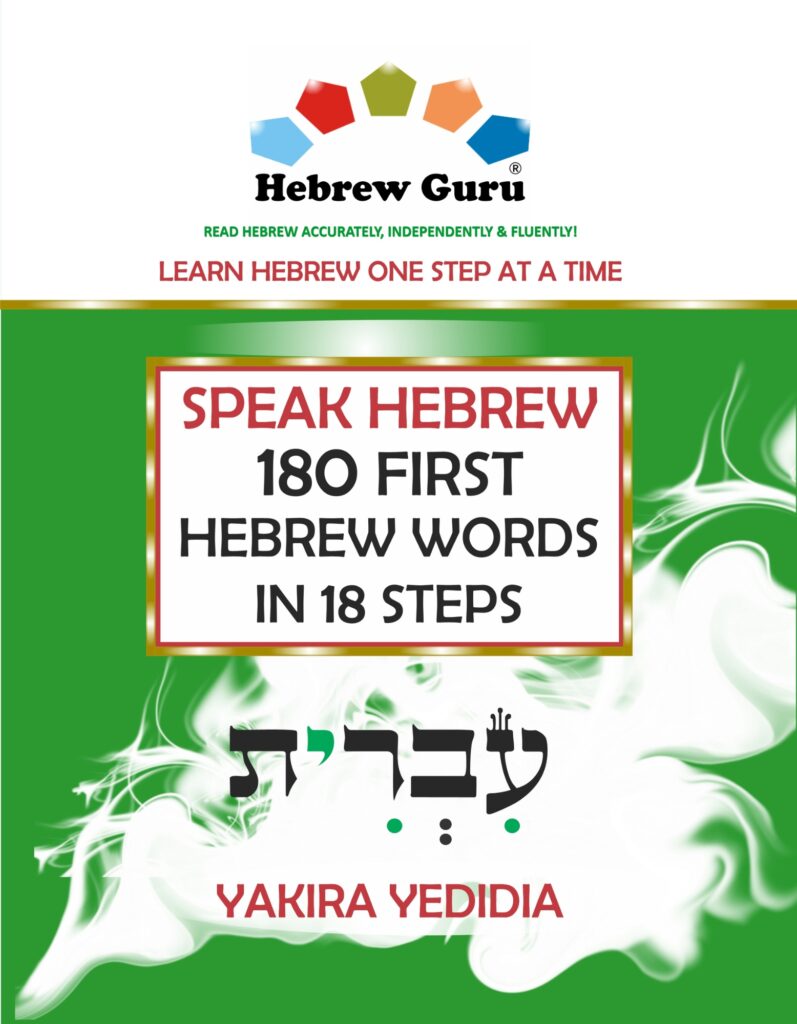
WANT MORE?
Dive deep into the mystical fabric of the universe with each letter of the Hebrew alphabet. These ancient symbols offer more than mere linguistic value—they are windows to profound spiritual insights.
Unlock the secrets hidden within these mystical characters:
- Aleph (א) – Symbolizes the unity and indivisibility of the Divine, the breath that precedes existence.
- Bet (ב) – Represents duality, the physical manifestation of creation, and divine speech.
- Gimel (ג) – Embodies movement and the flow of divine beneficence to the world.
- Dalet (ד) – Signifies humility and the receptive spirit necessary to receive divine wisdom.
- Hei (ה) – Echoes revelation, divine breath, and creative power.
- Vav (ו) – Connects the heavens and earth, channeling divine energy.
- Zayin (ז) – Reflects spiritual struggle and the sword of divine justice.
- Chet (ח) – Encapsulates life and the divine grace that sustains it.
- Tet (ט) – Reveals concealed good, teaching us to find sanctity in the material.
- Yud (י) – The smallest letter, indicative of the infinitesimal point of divine essence in all.
- Kaf (כ, ך) – Crowns potential, urging realization and manifestation.
- Lamed (ל) – Stands tall to represent the aspiration toward divine learning.
- Mem (מ, ם) – Mirrors water, representing wisdom, chaos, and the potential for creation.
- Nun (נ, ן) – Expresses humility and the faith that elevates the soul.
- Samekh (ס) – Symbolizes divine support that upholds all existence without falter.
- Ayin (ע) – Offers insight, inviting us to look beyond the surface to deeper truths.
- Pei (פ, ף) – Manifests speech, transforming ephemeral thought into reality.
- Tzadi (צ, ץ) – Exemplifies righteousness, the spiritual seeker’s path.
- Qof (ק) – Encompasses holiness and the cyclic nature of time.
- Resh (ר) – Represents wisdom, the head, and enlightenment.
- Shin (ש) – Sparks transformation through divine fire.
- Tav (ת) – Marks truth, perfection, and the fulfillment of divine will.
Each letter invites you on a mystical journey of self-discovery and cosmic exploration, a true testament to the depth of Hebrew as a language of creation.
Immerse yourself in the wisdom of the Hebrew letters with our engaging video series. Start with “Part 1: The Hebrew Alphabet” to connect with the divine essence of these ancient symbols. Watch Now.
Whether you are a spiritual seeker, a student of mysticism, or simply curious about the profound depths of Hebrew, these 22 secrets open a gateway to understanding the universe’s intricate design.
Hebrew Guru, making Hebrew simple for English speakers.
This blog is designed to educate, engage, and motivate readers to explore Hebrew through a unique, effective method tailored specifically for English speakers, making ancient texts more accessible and learning more enjoyable

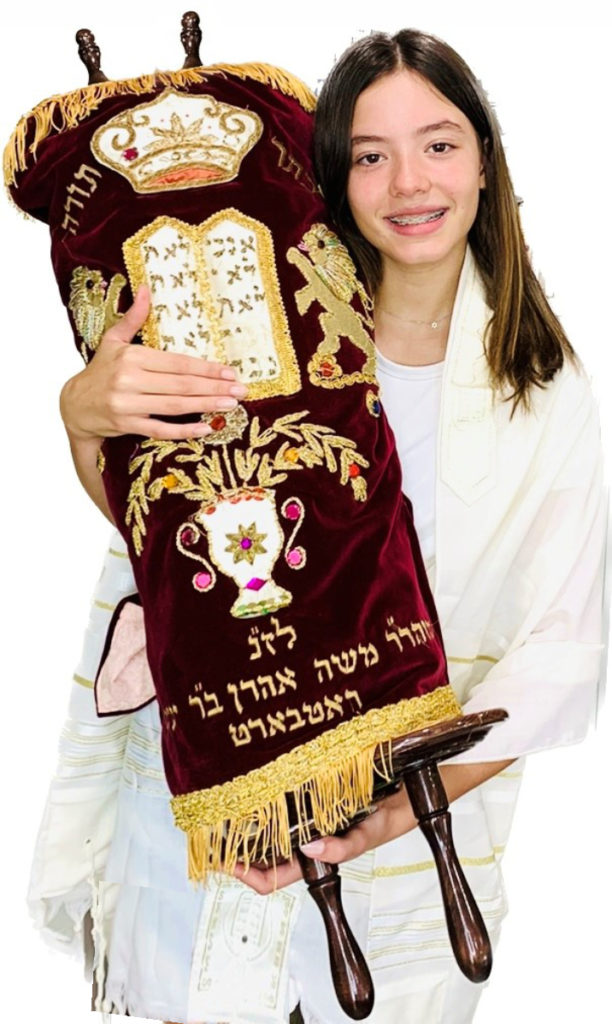

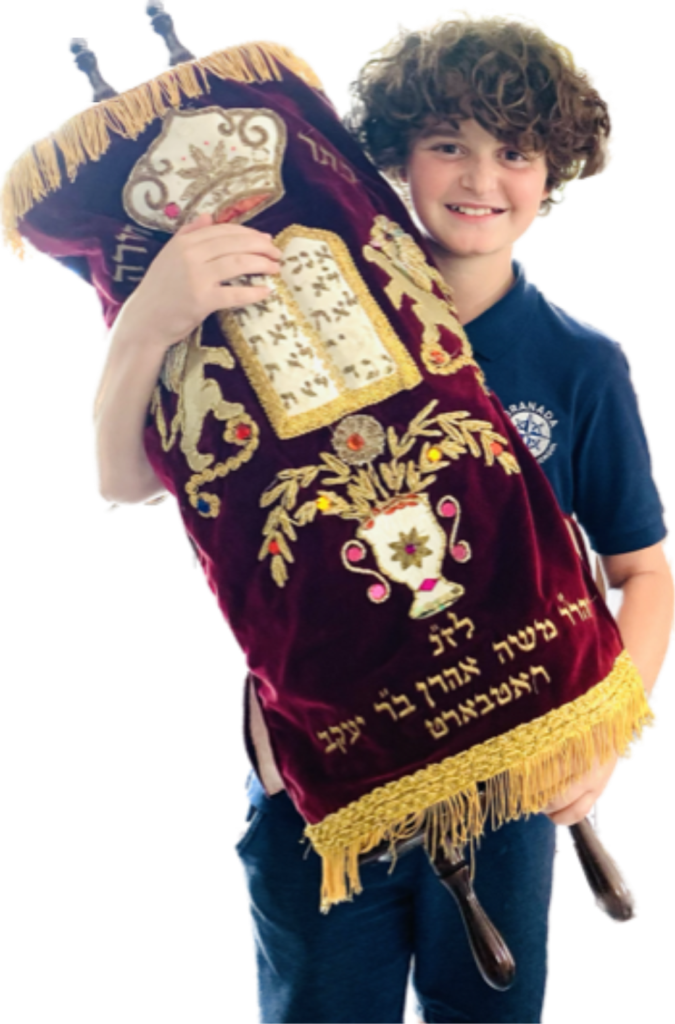
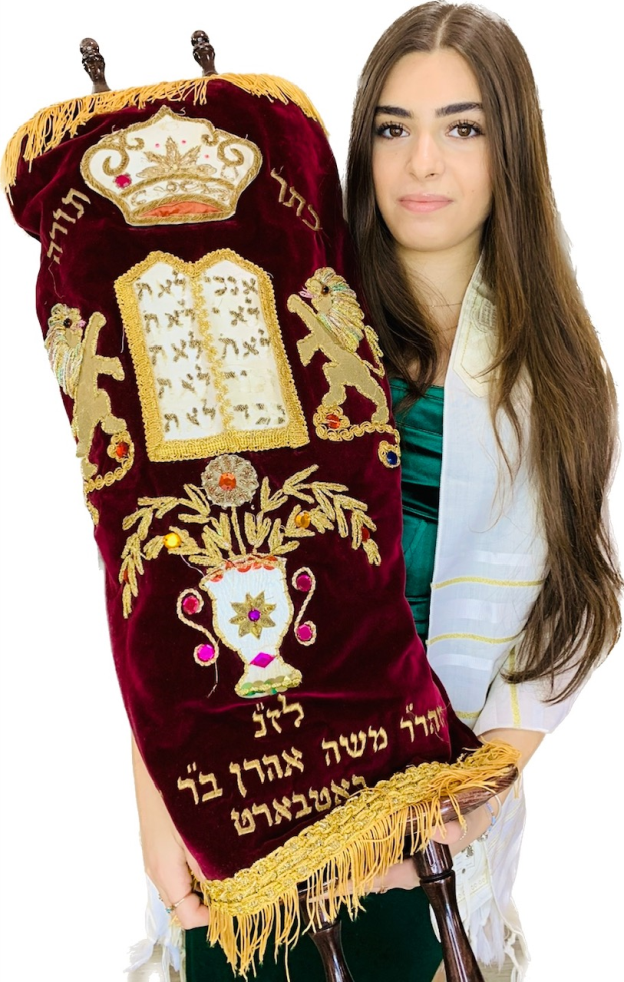

For more information please visit https://hebrewguru.com/
#HebrewIn18Steps #barmitzvah #batmitzvah #bnaimitzvah #hebrewguru #hebrew #learnhebrew #rabbiyakira #hebrewforkids #hebrewforadults #hebrewforbeginners #learnhebrewonline #hebrewwords #speakhebrew #ulpan #aliyah #israel #hebrewbible #language #ivrit #jewishlanguage #learnhebrewin18steps #torah #hebrewforchristians #hebrewlesson #jewishschool #jewishholidays #judaism #freecourse

